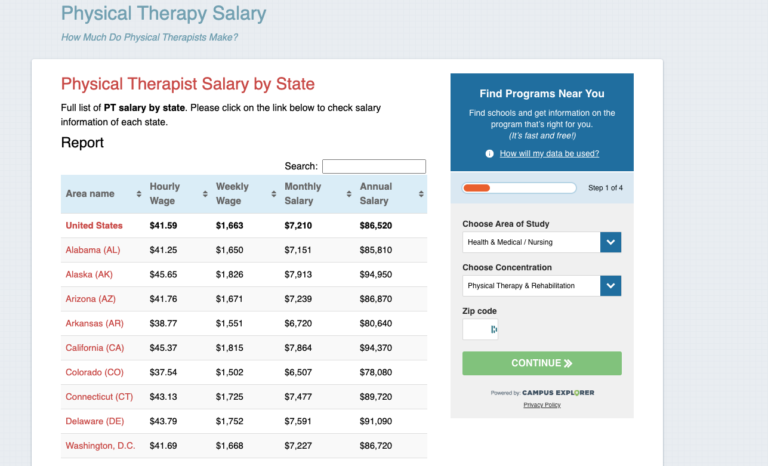Checklist for Physical Therapists to Verify Patient Eligibility and Benefits
As a physical therapist, it’s important to verify patient eligibility and benefits prior to starting care. This will help ensure that you’re providing the best possible care for your patients, while also protecting your practice from any potential reimbursement issues. In this blog post, we will provide 8 checklist items for physical therapists to use when verifying patient eligibility and benefits.
To start, you will need to gather some basic information from the patient. This includes their name, date of birth, social security number, and insurance information. It is also important to get consent from the patient to verify their benefits.
Once you have all of the necessary information, you can begin the process of verifying patient eligibility and benefits. Benefits can be verified by calling the insurance company, checking benefits through the insurance company provider portal, subscribing to a private company portal that operates strictly to check patient benefits (such as Pverify) or through your EMR (electronic medical records) system if it has that option. HENO provides this information for providers to instantly check for their patients.
Here are the 8 key benefits that you should verify with the insurance company:
- Does the patient have insurance and is it currently in an active status?
- What is the patient’s co-pay?
- What is the patient’s deductible, if any? How much of their deductible has been met thus far?
- Does the patient have a co-insurance once the deductible has been met?
- When does the patient’s insurance coverage expire?
- Are there any pre-authorization requirements for physical therapy services?
- Are there limitations on the number of visits per calendar year?
- Are there any out-of-pocket maximums?
When it comes to pre-authorizations for patients, it is important to assure you know when they are required. Often times physical therapists do not get reimbursed for patient treatments that were not pre-authorized; insurance companies will not approve appeals. The kind-hearted physical therapist simply wants to get the patient started and on their journey to recovery. Jumping through hoops to properly get those patients with authorization started correctly, however, is in your best interest if you want to get paid.
In your are an out-of-network provider, you should also find out what benefits your patient has prior to starting therapy. Patients that have out-of-network benefits may have a co-pay or co-insurance that is typically higher than those for in-network providers.
By verifying patient eligibility and benefits prior to starting care, you can avoid any potential reimbursement issues down the road. This will also help ensure that you’re providing the best possible transparency for any costs associated with treatment for your patients. The last thing you patient wants to get at the end of treatment is a large, unexpected bill!





